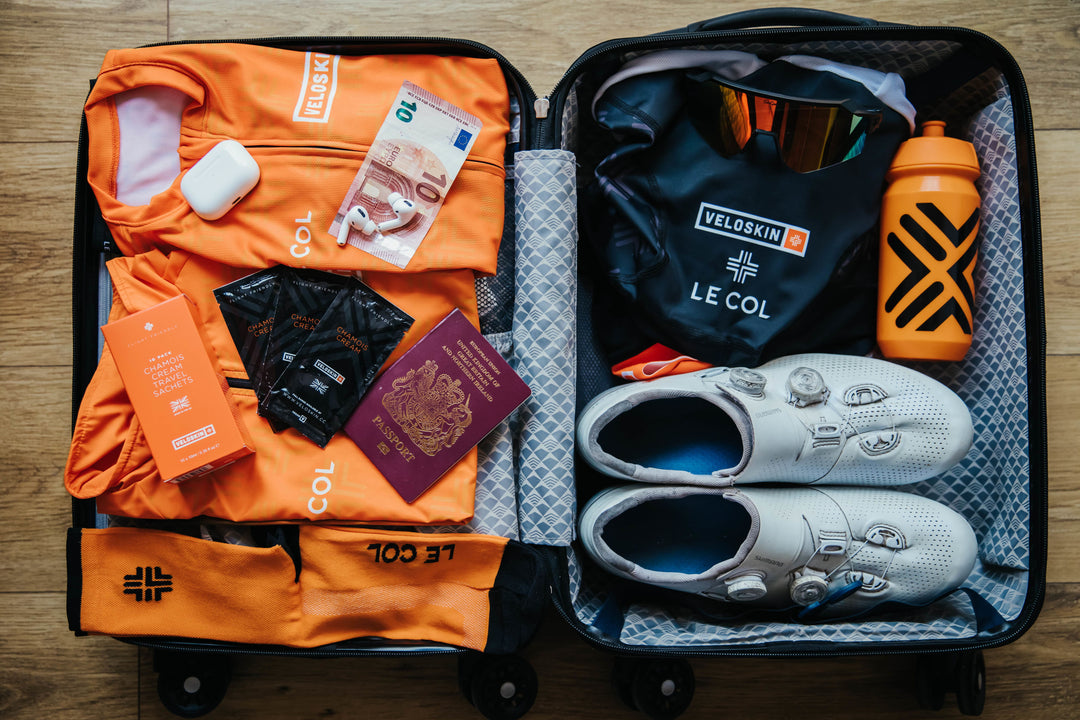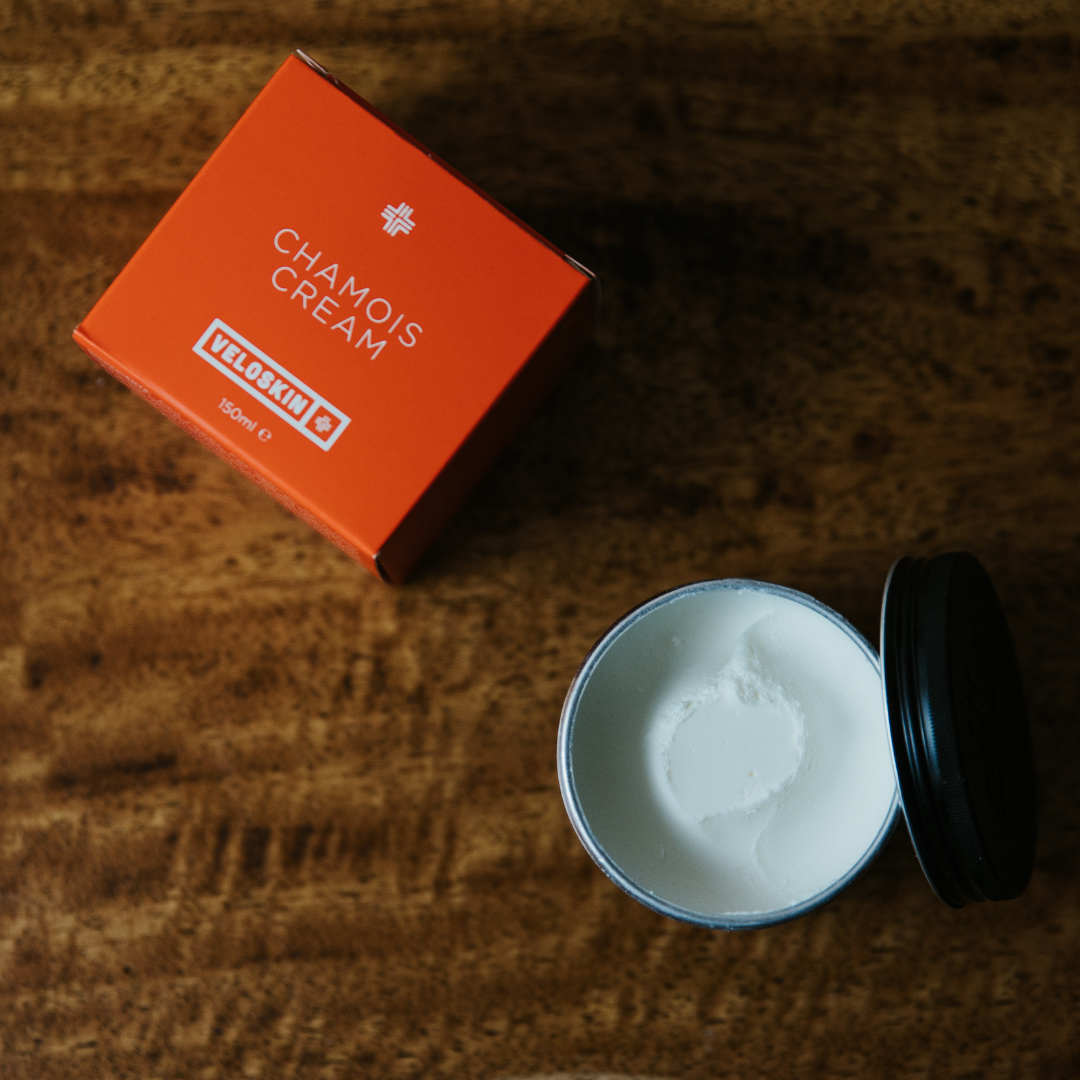Coach Tom on training in 2020
Remember a time when a turbo trainer was just a flywheel and closest you came to Zwift was a pair of headphones and a video tape of a 90’s one day classic? Now though, there are all kinds of options to keep you interested enough to get through your planned session, but are they any good and what is the point of turbo training anyway?

Personally, while I think the turbo is great place to train and have used it extensively in my own training throughout my professional racing career, I am not a huge fan of all the platforms and technology. I completely get the appeal and for many people it gives them the level of interest they need to get on the bike, in the cold garage and get the session done but for me I still don’t think you can beat a session plan, a pair of headphones and a grainy garage wall...
My clients... well they're mixed. Many enjoy a good Zwift event and that’s fine; we will build that into a training program, and it will often serve as a good marker to how they are progressing, but some have really come around to just getting it done without all the faff. It is an individual choice, whatever works for you is right.

Technology aside, I am a huge fan of turbo training, the benefits you can get from a 45 min turbo session done right can go way beyond a 3-4 hour unstructured road ride. I am not driven by the turbo itself and I would much prefer the open road and the Yorkshire wind, but the outcome drives me and always has. I know what I will get from that 45 min session, I know how it will impact my own events later down the line and I know I will get off the bike after the session with a clear idea of where my fitness is at. As a pro rider it allowed me to train specifically for specific events throughout the season and gave me confidence that I was on track as I could see the progression. As a coach, it allows me to instil confidence into my clients as I can replicate the effort which will be required on event day and that gives them a clear understanding in advance as to how it will feel and what level they need to be at to complete their event.

I brought regular turbo sessions into my weekly training in 2009, even though at that point I was lucky to be full time and in 2010 used the approach successfully to gain a national medal on both the road and track. Switching my approach to increase leg speed at lower powers for the track and decrease leg speed but increase power for the road, the process taught me a lot and I have now taken that forward into my own coaching philosophy.
Another area I would work in detail on using the turbo trainer was increasing my rate of recovery so that I could make a number of back to back efforts with a fast level of recovery in between, this really developed my circuit race ability and helped me compete to a high level in the UK within those events, which the road wouldn’t have allowed me to have done quite so well.

So dust off the turbo, whether it be a direct drive linked up to your flat screen TV or your flywheel from back in the day and grab a trusty pair of headphones, there’s improvements to be had for sure by getting to grips with it and making it a regular training partner throughout the remainder of this winter.
Better still, do so and share your journey with us @mintcyclecoach and @Veloskin.cc, after all, there’s nothing like bragging about a tough turbo session in the depths of the British winter.
Tom’s 60 min crunch session
In this turbo session you are going to work both aerobically and anaerobically to replicate the conditions of a road ride and to create early fatigue in the session.
The idea is to front load the session with anaerobic efforts to add a level of fatigue, which you then have to carry on through the remaining intervals. This approach is useful when you're short on time but looking to increase your endurance and strength. These type's of session when done regularly can lead to a really great increase in ability to hold an effort for the full duration or last longer into your 3-4 hour ride.
Tom
Professional Cycle Coaching



